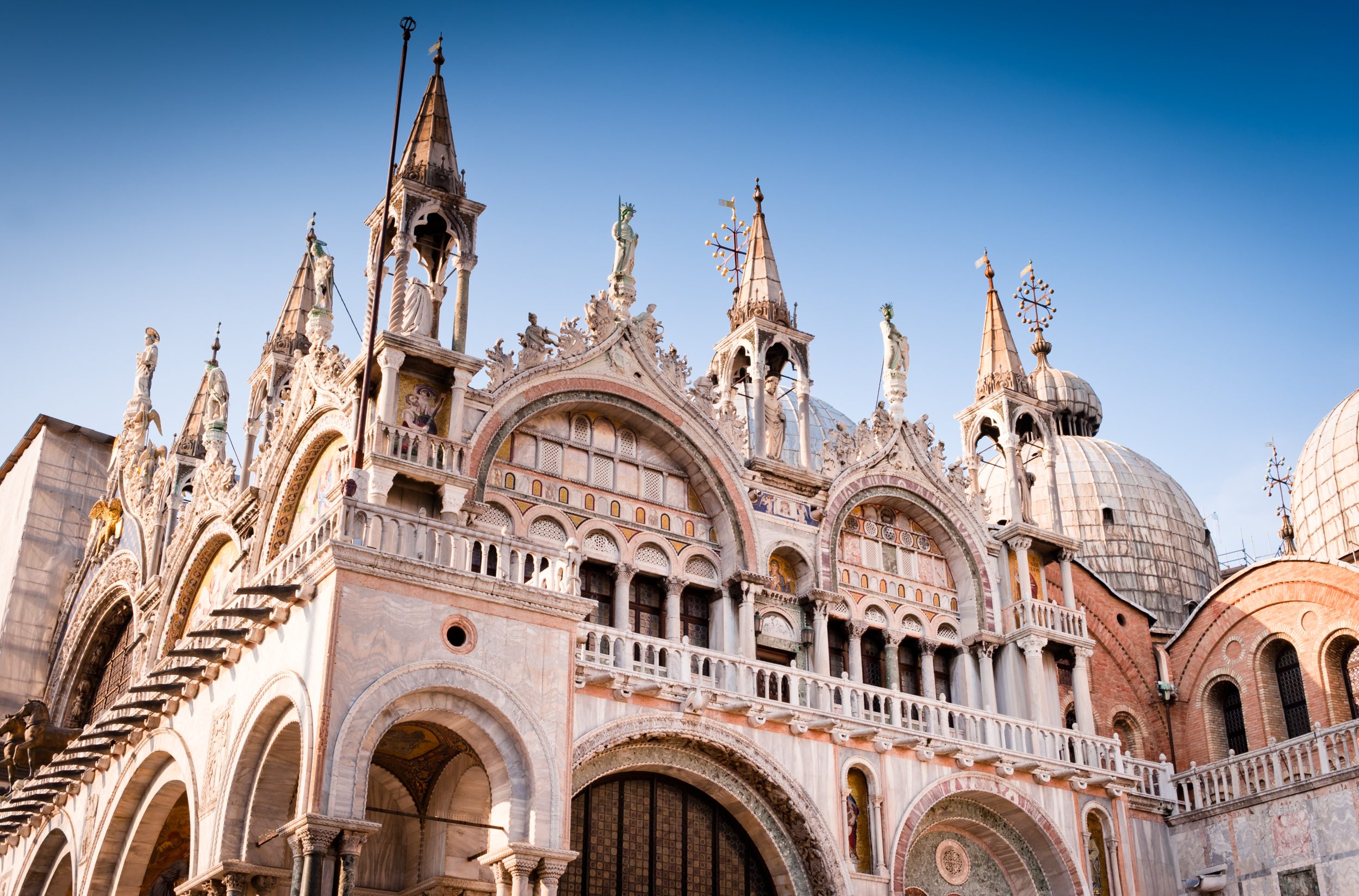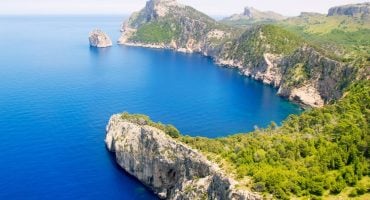Venice, with its timeless charm and unique allure, beckons travelers from around the globe. However, to make the most of your visit to this enchanting city, it’s crucial to be armed with some essential knowledge. From understanding the tourism tax to dressing appropriately for churches and navigating high water, here’s everything you need to know to ensure a memorable and hassle-free experience in Venice.
Understanding the Tourism Tax
One important aspect of visiting Venice is understanding the city’s tourism tax, known locally as tassa di soggiorno. This tax is levied both on guests and visitors staying overnight in the city and varies depending on factors such as the season and the type of accommodation. It’s typically collected by hotels and rental properties upon check-in, so be sure to budget accordingly. Keep in mind that this tax is separate from the cost of your accommodations and is not included in the room rate. For further information, please read Comune di Venezia’s article.
Dealing with High Water (Acqua Alta)
Venice is known for its unique phenomenon called “acqua alta” or high water, which occurs when exceptionally high tides flood parts of the city. While this occurrence adds to Venice’s charm, it can also pose challenges for visitors. High water typically occurs during the autumn and winter months, with November being the peak season. To navigate high water, pack waterproof shoes or boots and be prepared to walk on raised platforms called “passerelle” in flooded areas. Keep an eye on the local weather forecasts and the city’s official “acqua alta” alerts to stay informed about potential flooding during your visit.
Dressing Appropriately for Churches
Venice is home to numerous stunning churches and religious sites, many of which have strict dress codes for visitors. When visiting churches like St. Mark’s Basilica or the Basilica di Santa Maria della Salute, it’s essential to dress modestly and respectfully. This means covering your shoulders and knees, and avoiding revealing clothing or beachwear. Carrying a scarf or shawl to cover bare shoulders is a practical solution if you’re planning to visit multiple churches during your stay. By adhering to these dress codes, you’ll show respect for the religious significance of these sites and avoid any potential embarrassment or discomfort.
Choosing the Best Season to Visit
The best time to visit Venice largely depends on your preferences and priorities. The city experiences four distinct seasons, each offering a unique experience for visitors. Spring (March to May) and autumn (September to November) are generally considered the best seasons to visit, as the weather is mild, and the crowds are smaller compared to the peak summer months. Springtime brings blooming flowers and pleasant temperatures, while autumn offers beautiful foliage and cultural events like the Venice Biennale. However, if you don’t mind the crowds and higher temperatures, summer (June to August) can also be an exciting time to visit, with outdoor festivals, concerts, and events happening throughout the city. Winter (December to February) is the least crowded season, offering a quieter and more intimate experience, although you’ll need to be prepared for cooler temperatures and the possibility of high water.
Venice is a city unlike any other, with its rich history, stunning architecture, and unique quirks. By understanding essential information such as the tourism tax, dealing with high water, dressing appropriately for churches, and choosing the best season to visit, you’ll be well-equipped to make the most of your time in this enchanting city. So pack your bags, lace up your walking shoes, and get ready to embark on a memorable adventure in the floating city of Venice.




